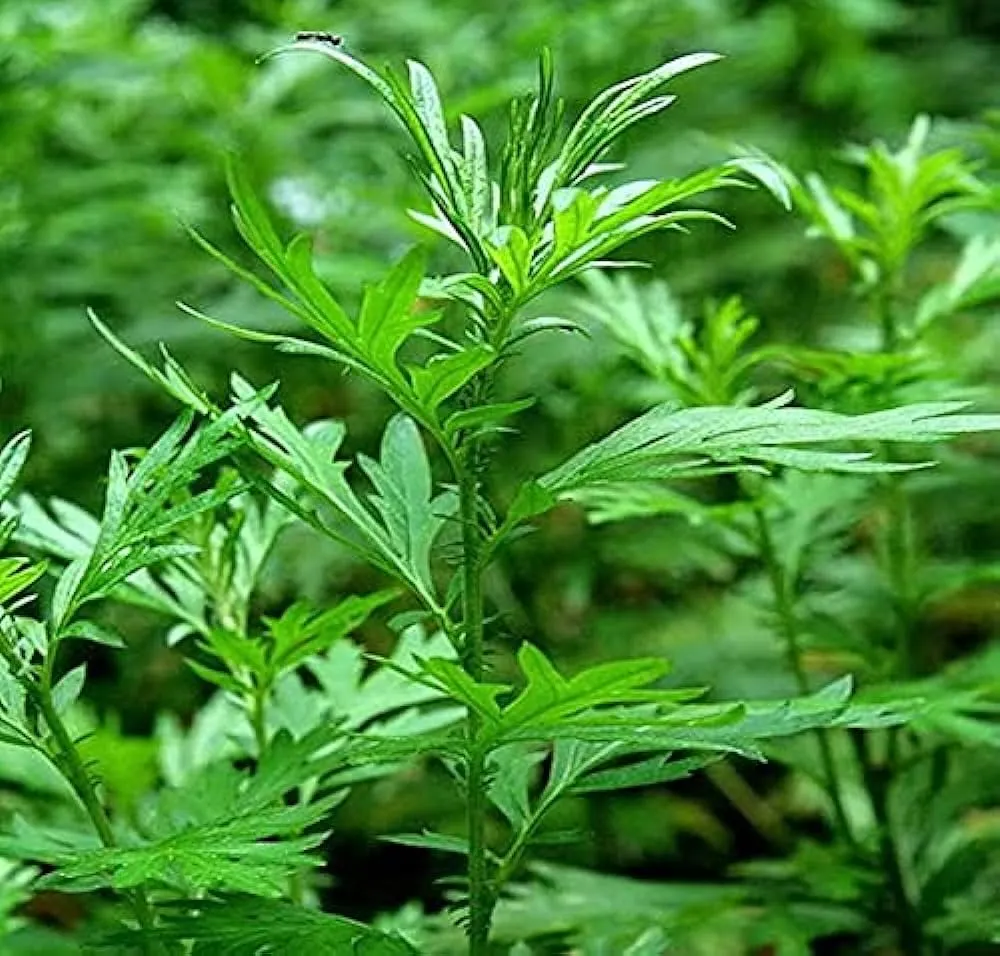The species has a number of recorded historic uses in food, herbal medicine, and as a smoking herb. It is traditionally used for anthelmintic, expectorant, stomachic, antiseptic, emmenagogue, hemorrhage, etc. Roots are used as a tonic.
Artemisia oil has a wide range of therapeutic uses such as carminative, anthelmintic, antispasmodic, choleretic, diuretic, nervine, stimulant, stomachic, tonic, etc. The oil is used as a disinfectant, room freshener, and fragrance component in soaps and perfume.



